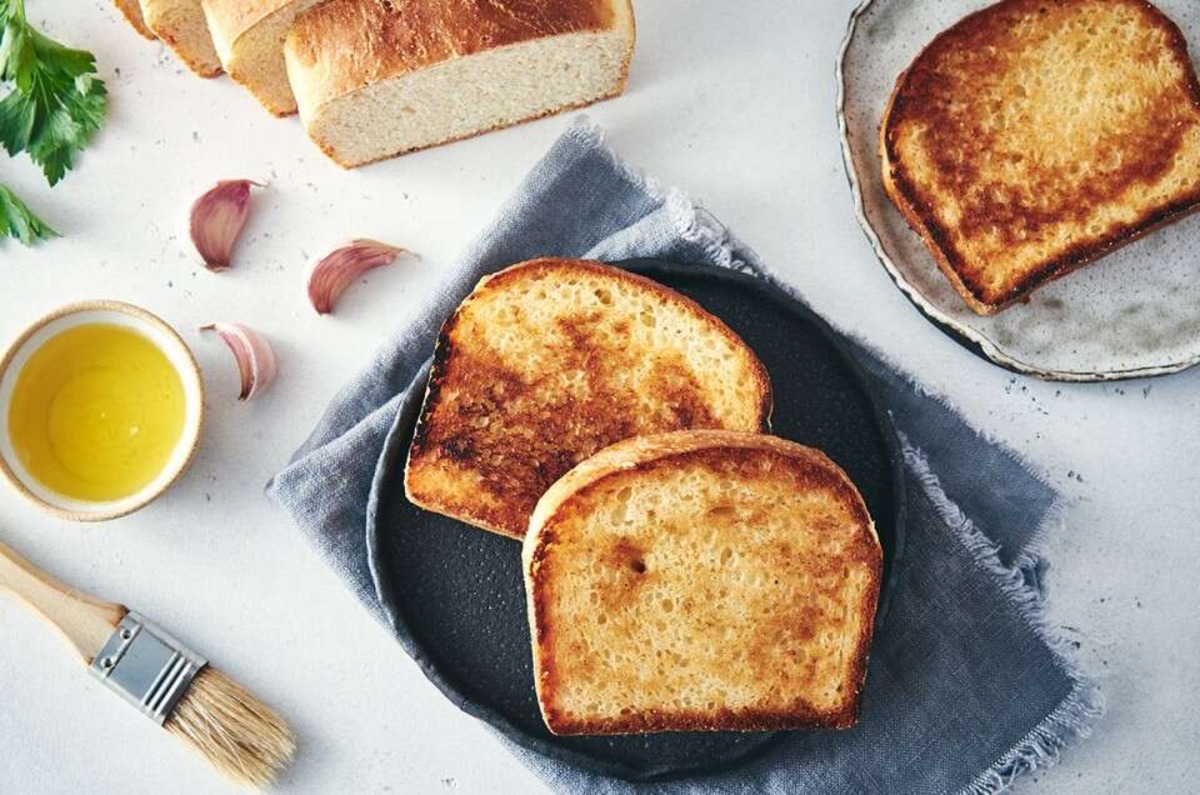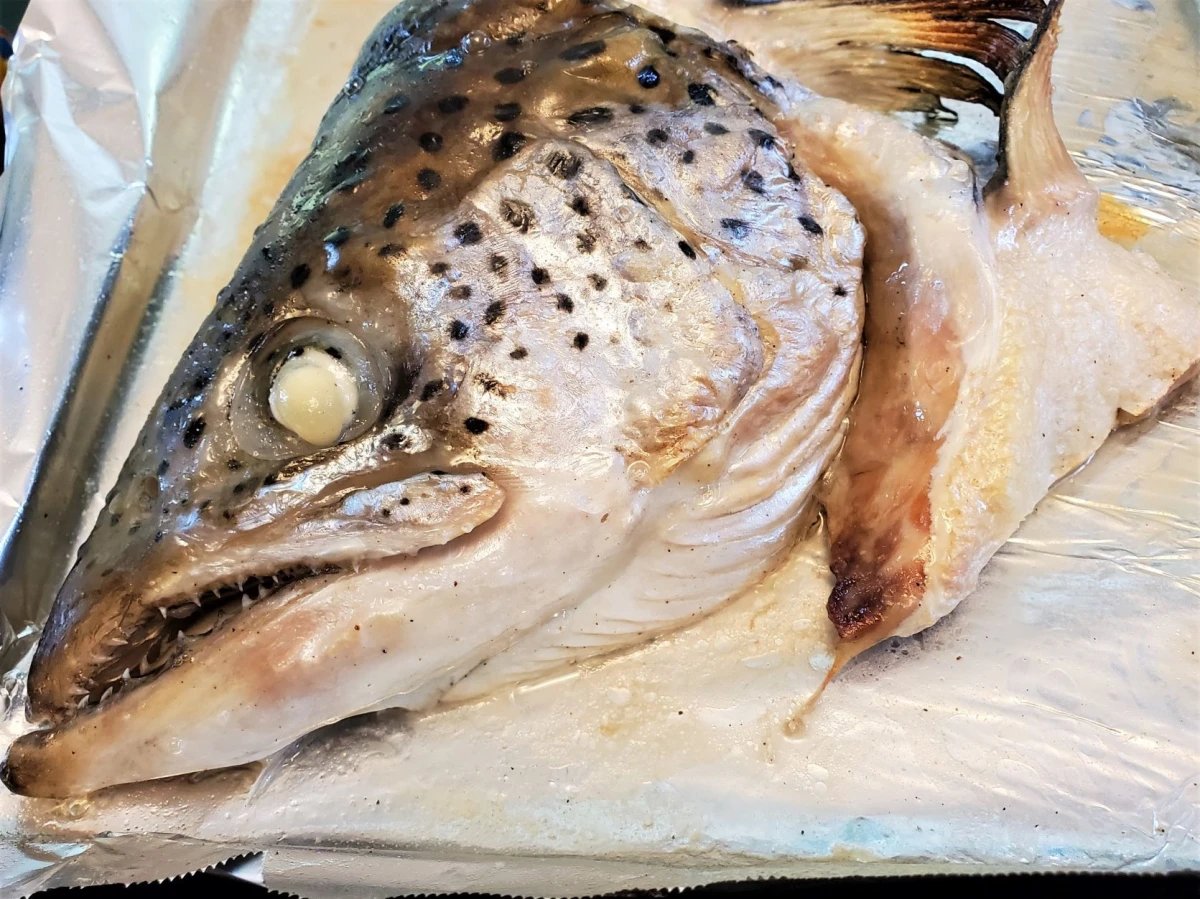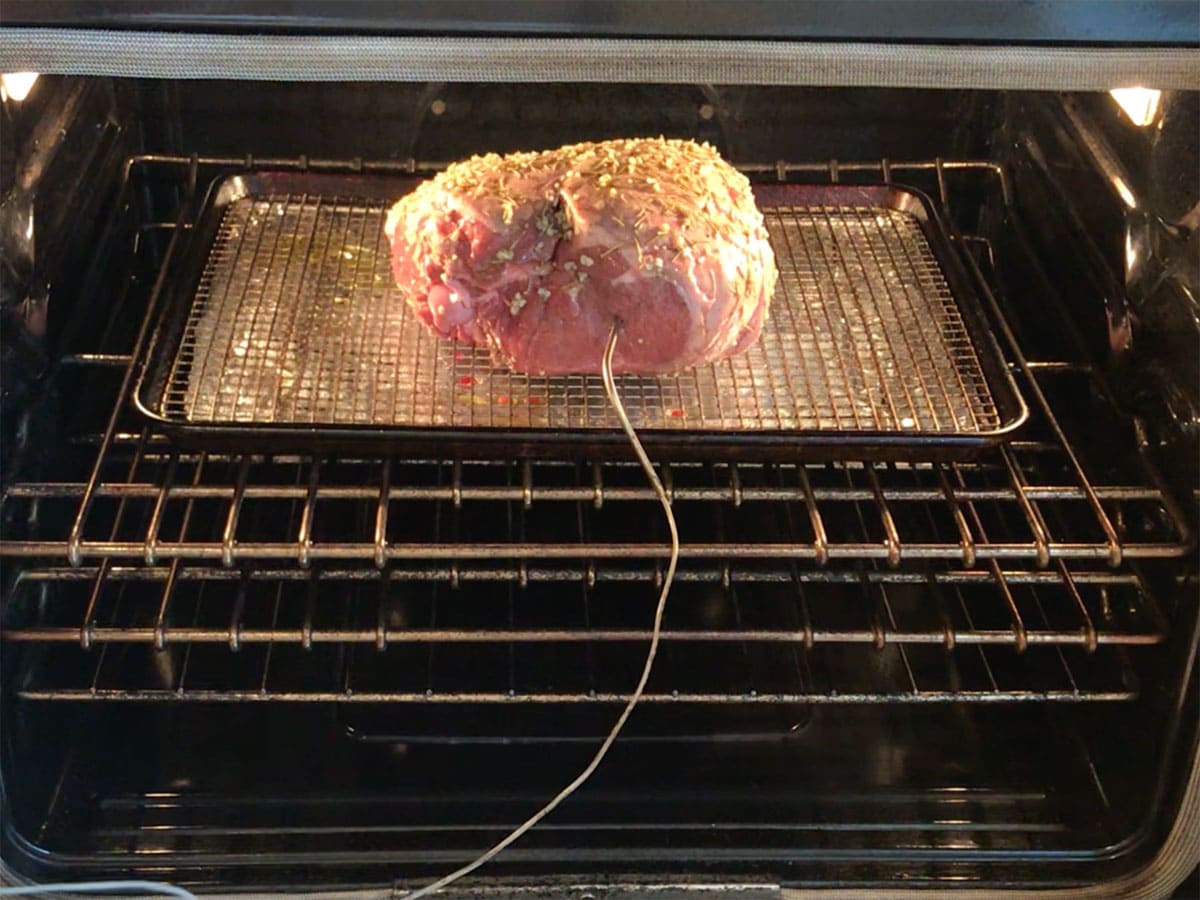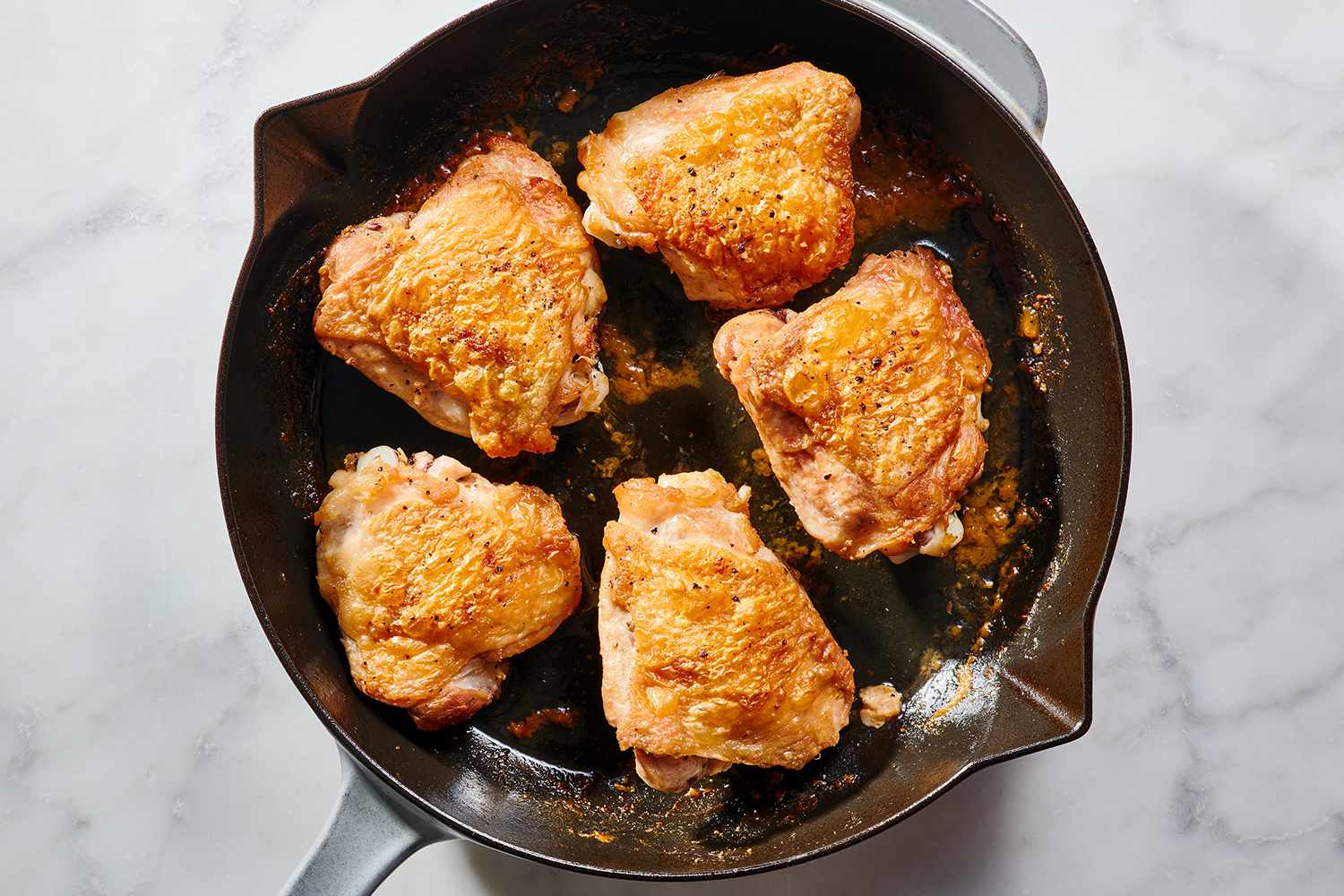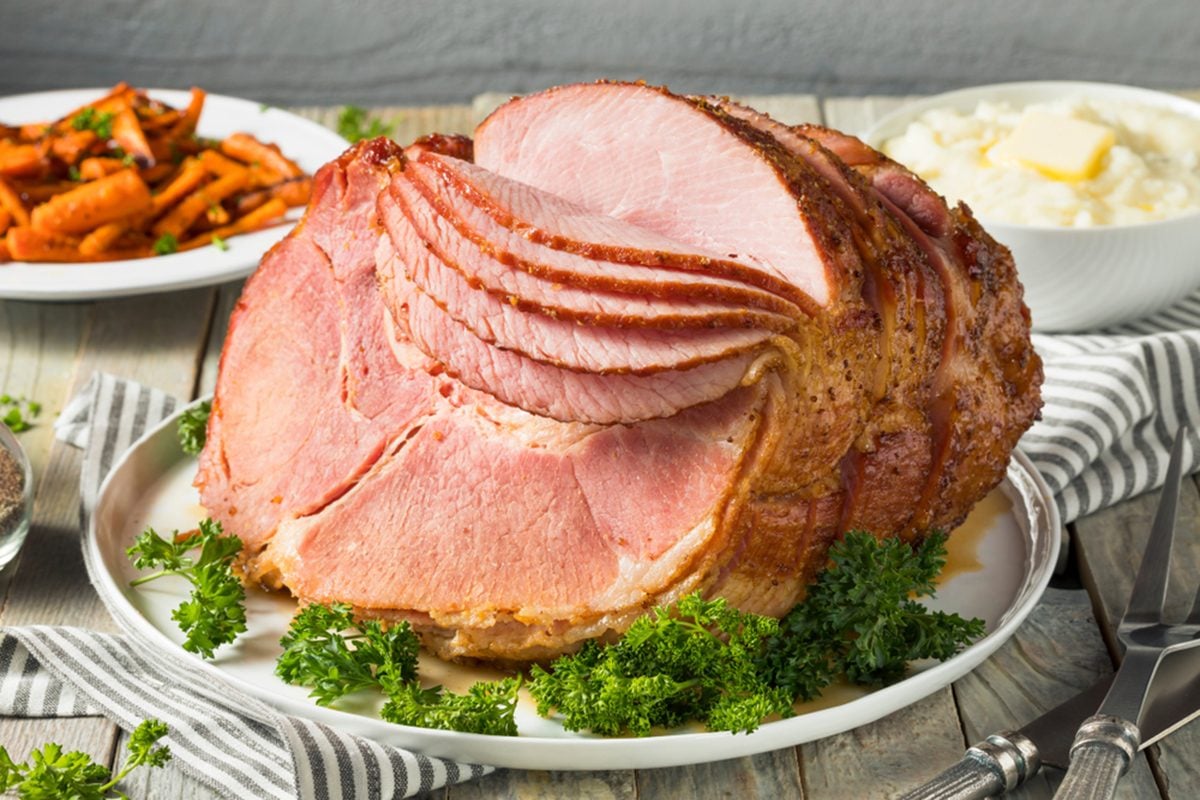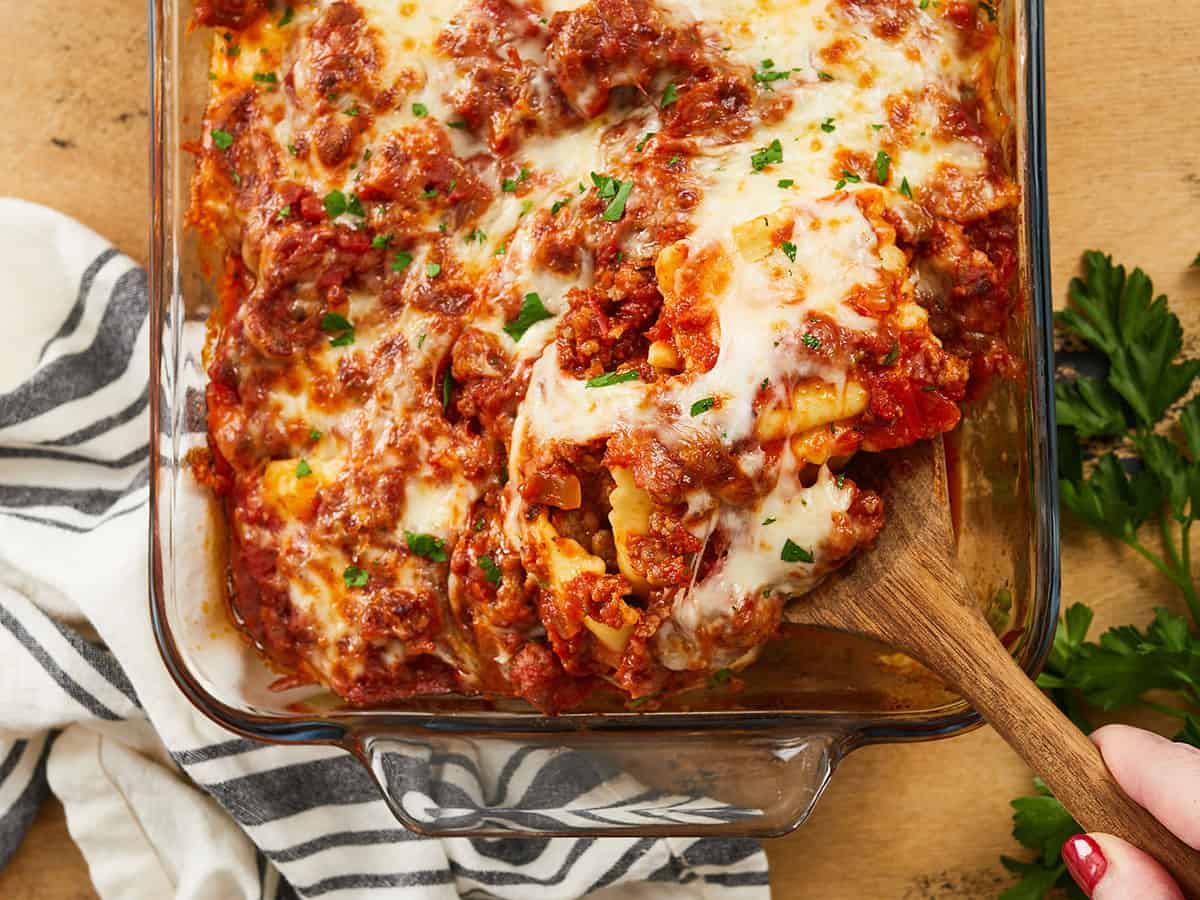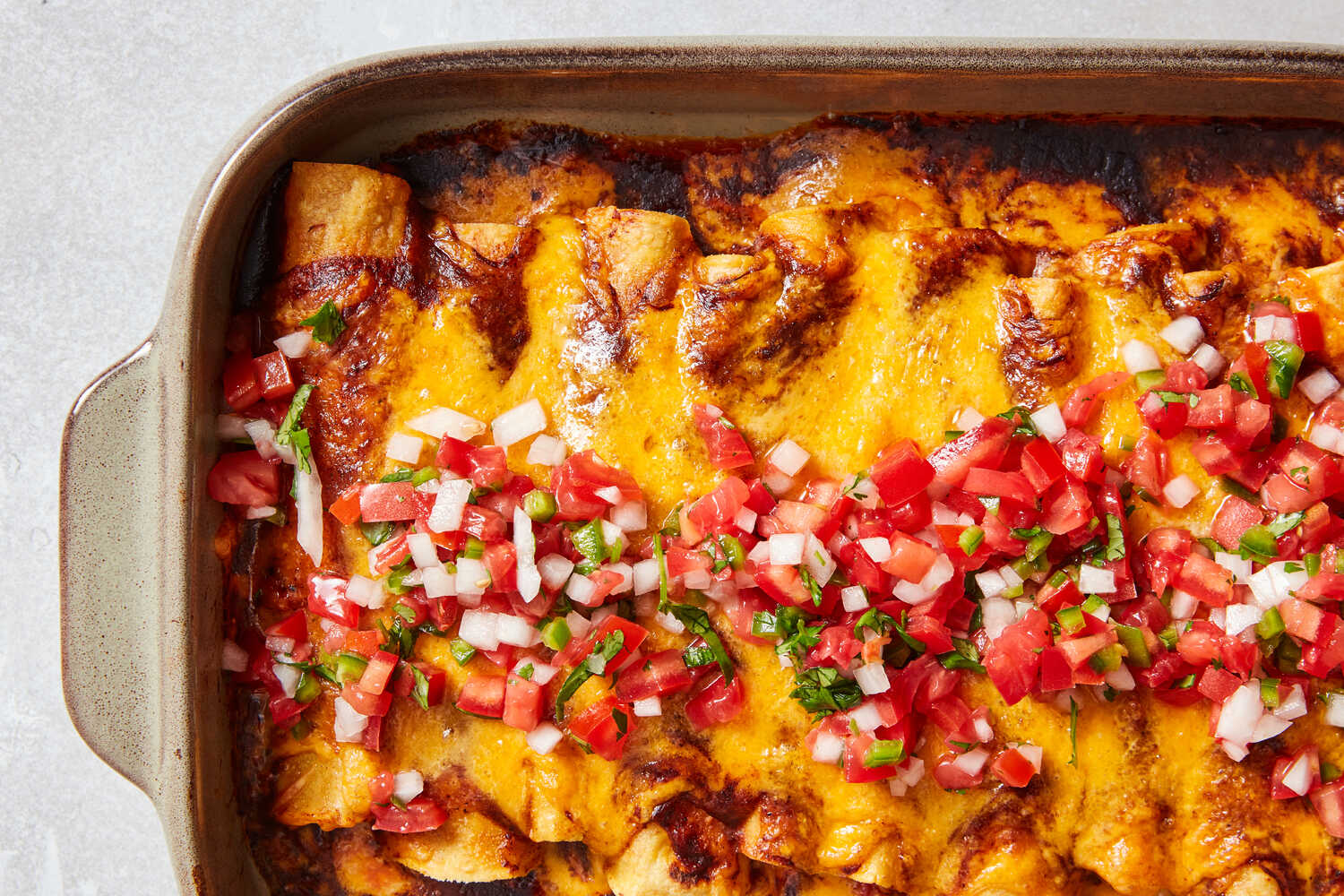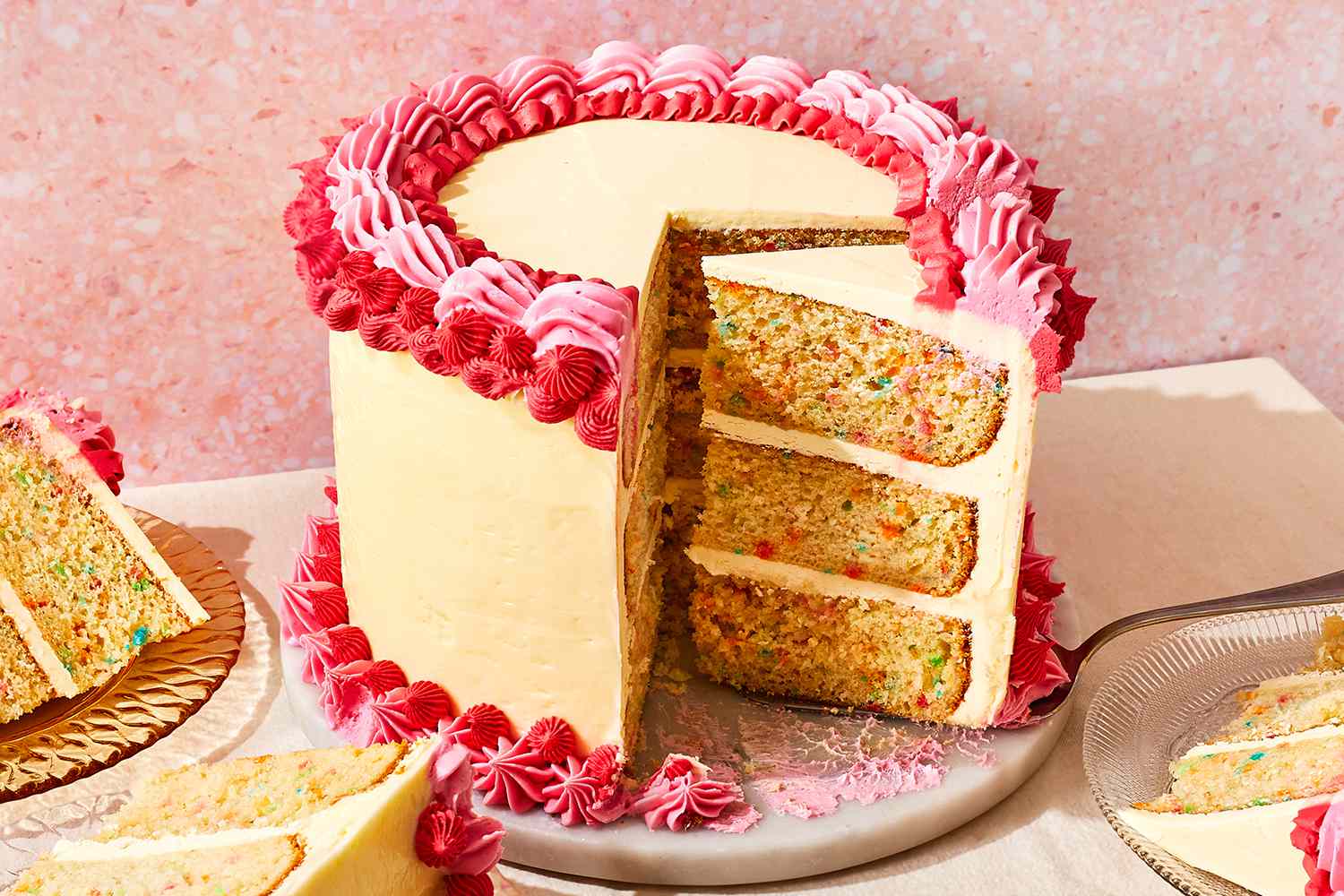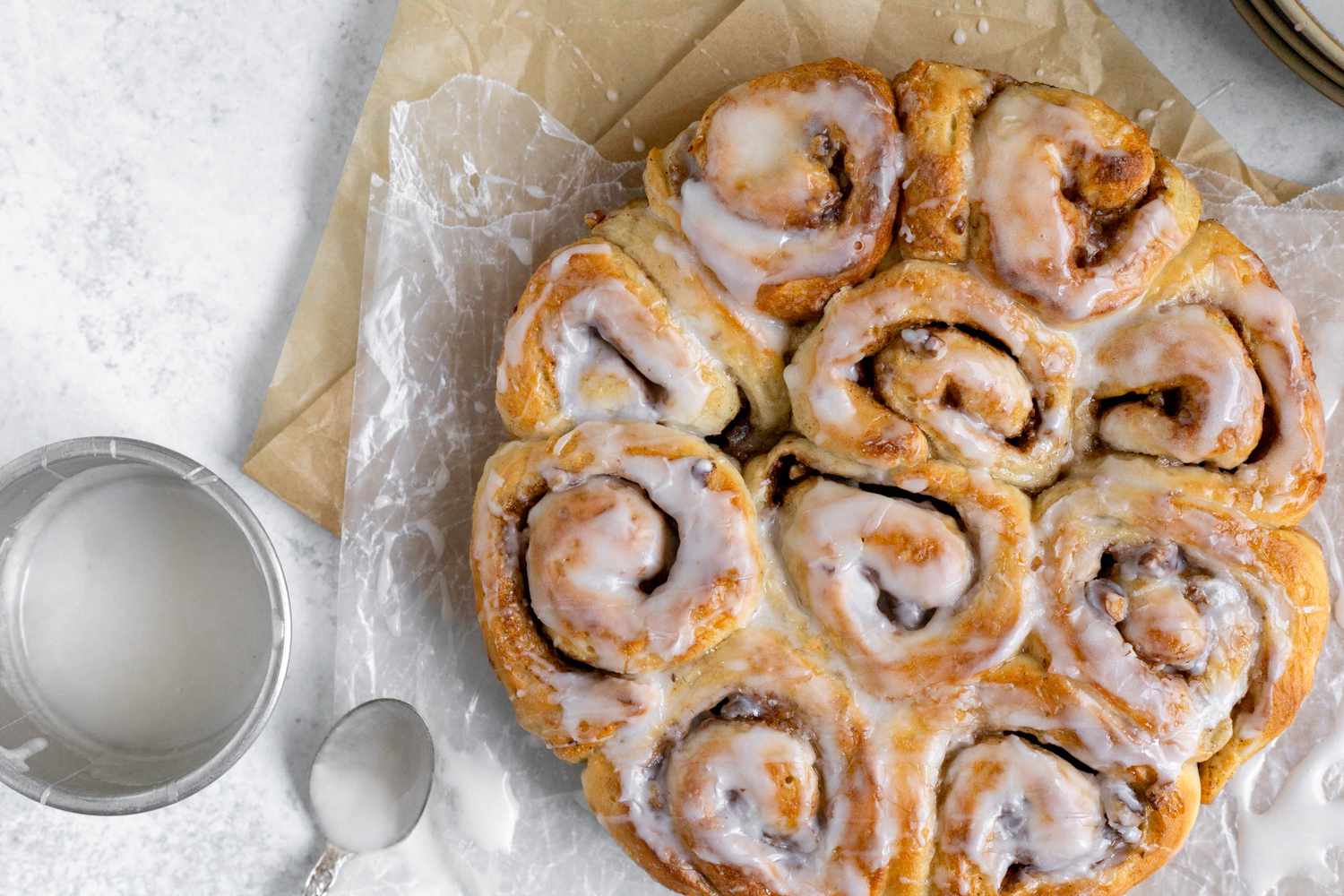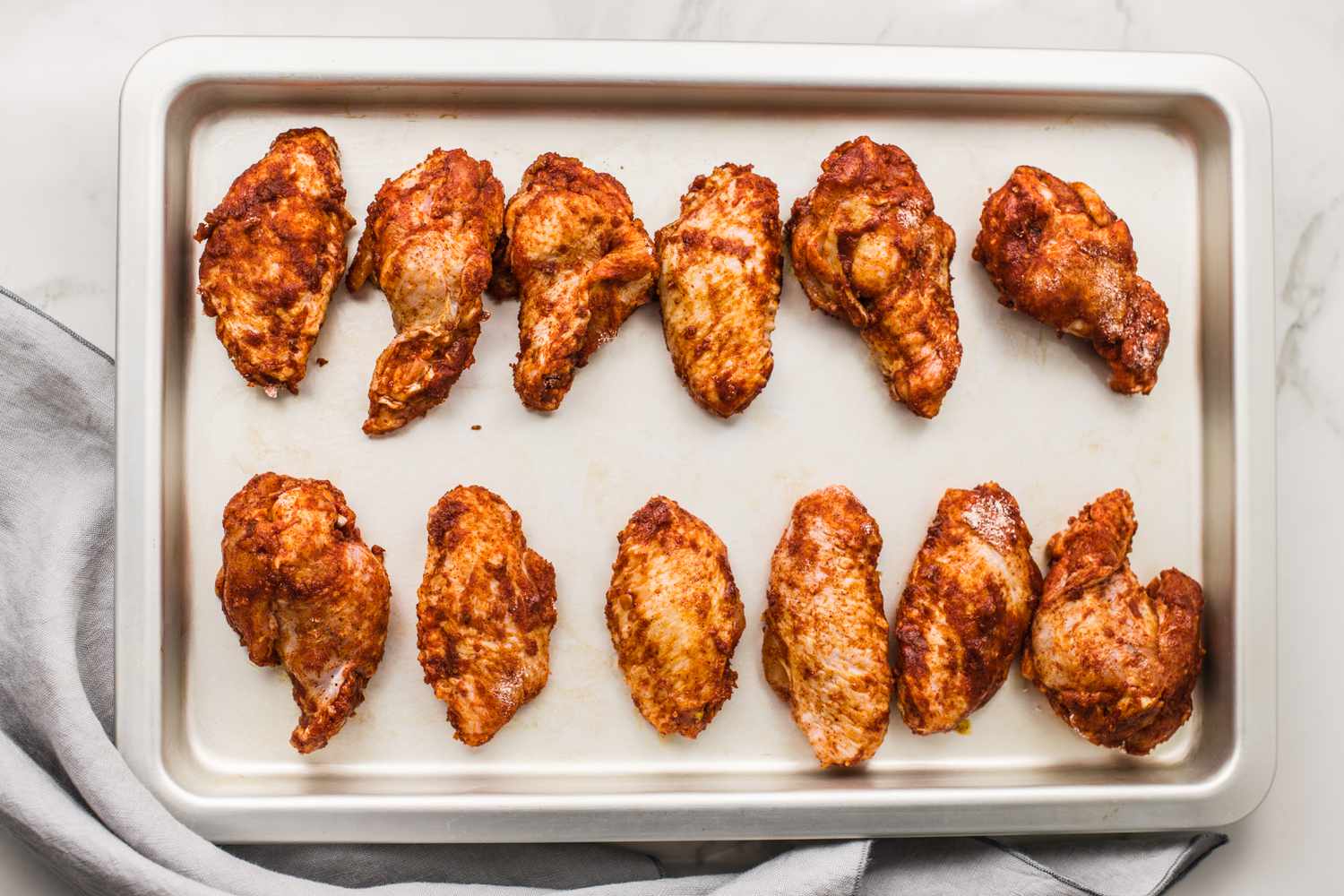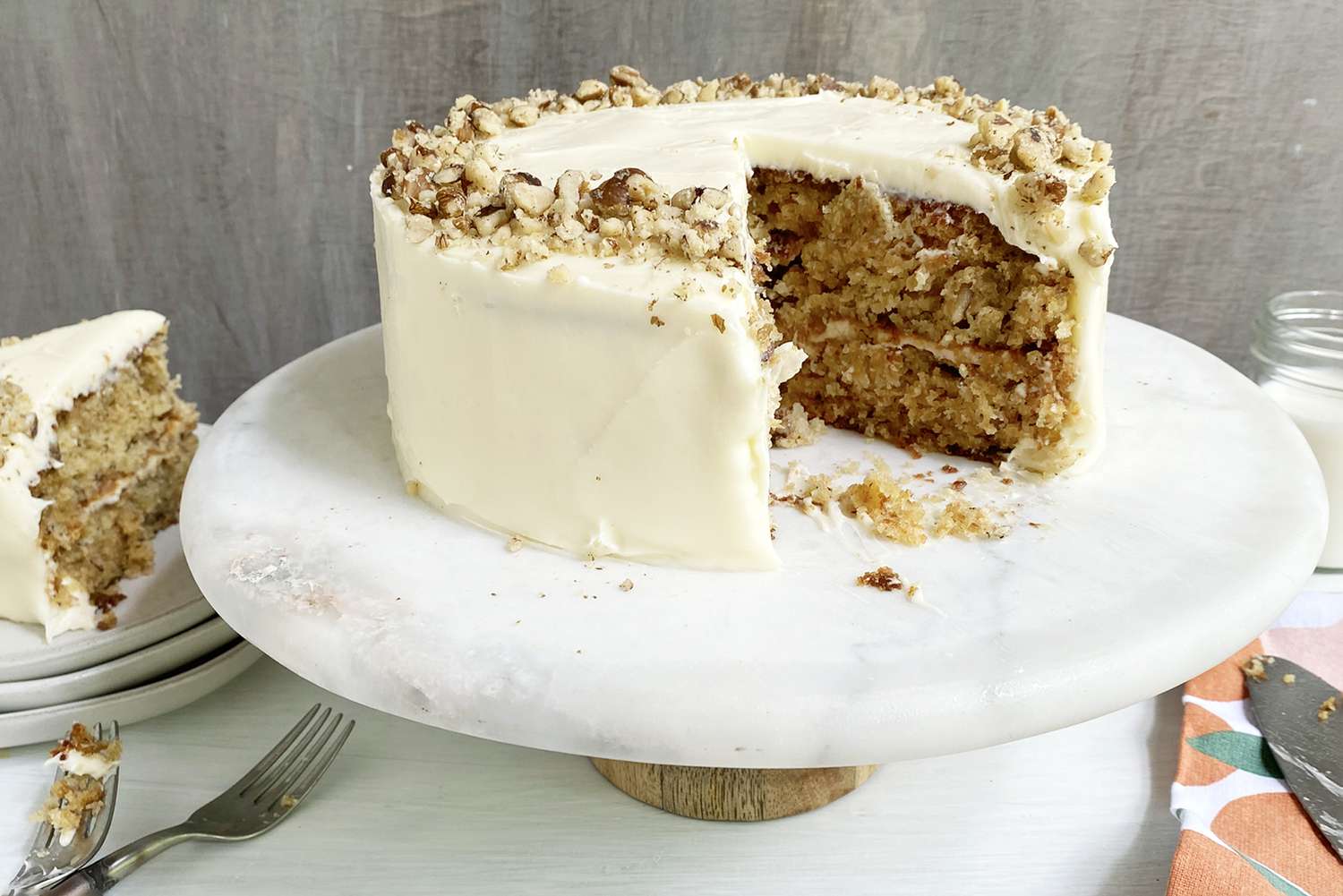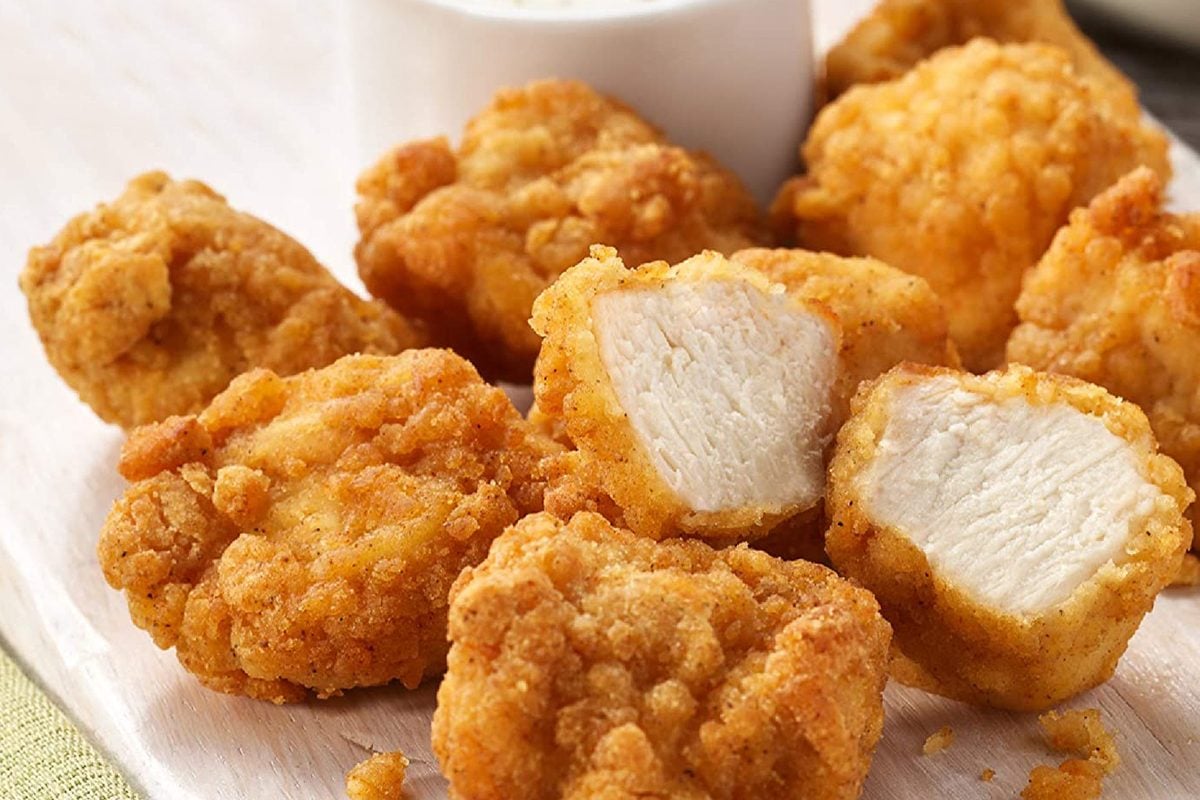How to Bake Flour to Ensure It’s Safe to Eat
Flour is a staple ingredient in many recipes, from cakes and cookies to bread and pastries. However, raw flour can sometimes harbor harmful bacteria such as E. coli, which can pose a risk if consumed without being properly treated. The good news is that you can easily make your flour safe to eat by baking it before using it in your favorite recipes. In this article, we’ll explore the simple steps to bake flour and ensure it’s safe for consumption.
Why Bake Flour?
Raw flour is not typically treated to kill bacteria, which means it can potentially harbor harmful pathogens. Baking flour at a high temperature can effectively eliminate any bacteria present, making it safe to consume. By taking this simple precaution, you can enjoy your favorite baked goods without worrying about the risk of foodborne illness.
Steps to Bake Flour
Baking flour to make it safe to eat is a straightforward process that requires minimal effort. Follow these simple steps to ensure your flour is free from harmful bacteria:
- Preheat the Oven: Start by preheating your oven to 350°F (175°C). Allow the oven to reach the desired temperature before proceeding to the next step.
- Spread the Flour: Take the desired amount of flour and spread it evenly on a baking sheet. It’s important to ensure that the flour is spread out in a thin, even layer to allow for uniform baking.
- Bake the Flour: Place the baking sheet with the flour in the preheated oven and bake for 5 minutes. This short baking time is sufficient to kill any bacteria present in the flour without affecting its texture or taste.
- Cool the Flour: Once the flour has been baked, remove it from the oven and allow it to cool completely before using it in your recipes. The cooled flour is now safe to use in all your favorite baked goods.
Best Practices for Baking Flour
While baking flour is a simple process, there are a few best practices to keep in mind to ensure the best results:
- Use an Oven Thermometer: To ensure that the flour reaches the necessary temperature for killing bacteria, it’s a good idea to use an oven thermometer to verify the accuracy of your oven’s temperature.
- Store Baked Flour Properly: Once the flour has been baked and cooled, store it in an airtight container to maintain its freshness and prevent contamination.
- Check for Signs of Spoilage: While baked flour is safe to eat, it’s important to check for any signs of spoilage, such as unusual odors or discoloration, before using it in your recipes.
Enjoy Safe and Delicious Baked Goods
By taking the simple step of baking your flour before using it in recipes, you can ensure that your baked goods are not only delicious but also safe to eat. Whether you’re whipping up a batch of chocolate chip cookies or preparing a homemade pizza crust, baking your flour is an easy way to safeguard against the risk of foodborne illness. With these easy steps and best practices, you can enjoy your favorite recipes with confidence, knowing that your flour is safe and ready to use.
So, the next time you reach for a bag of flour to bake up something delicious, remember to take a few extra minutes to bake it and make it safe to eat. Your taste buds and your health will thank you!
Was this page helpful?
Read Next: How To Bake Weiner Winks
